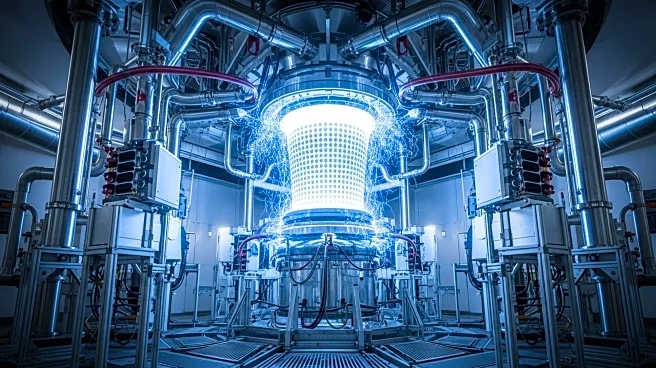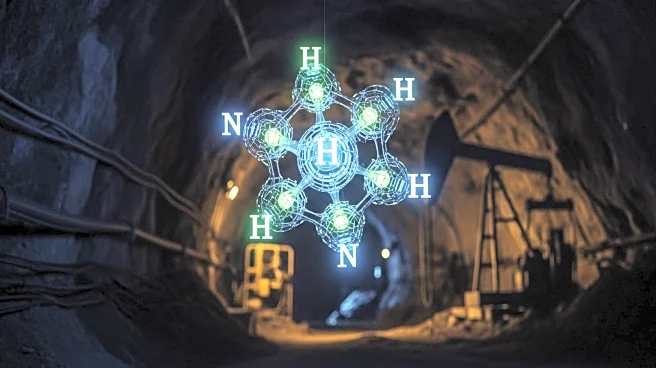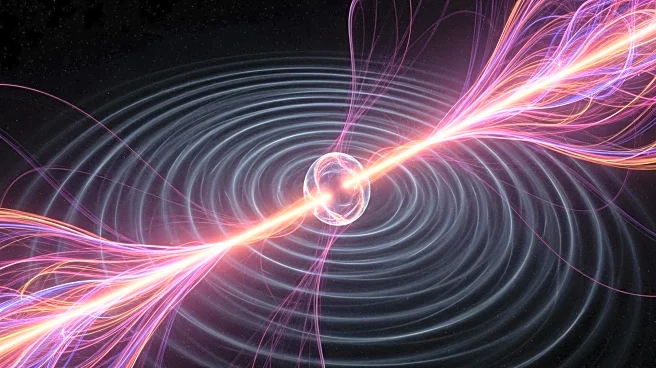What is the story about?
What's Happening?
Researchers at Seoul National University have made a significant breakthrough in plasma physics by demonstrating multiscale coupling, a phenomenon where microscopic magnetic ripples induce large-scale changes in plasma. This discovery, led by Professor Hwang Yong-Seok, has profound implications for advancing fusion energy technology and understanding cosmic phenomena. The study, published in Nature, reveals how small-scale disturbances in plasma can lead to significant structural changes, offering new insights into the fundamental nature of plasma, the fourth state of matter.
Why It's Important?
This breakthrough is crucial for the development of sustainable fusion energy technology, which aims to replicate the energy-producing processes of the sun in a controlled environment. Understanding multiscale coupling in plasma could revolutionize fusion reactors, making them more efficient and viable as a clean energy source. Additionally, the findings provide new clues for understanding cosmic events such as solar flares and geomagnetic storms, contributing to our knowledge of the universe's origins and dynamics.
Beyond the Headlines
The research highlights the importance of interdisciplinary collaboration in scientific advancements. By combining expertise in fusion and theoretical physics, the team was able to achieve a breakthrough that could expand the framework of interpretation in plasma physics. The discovery of multiscale coupling opens new possibilities for exploring the universe's origins and developing sustainable energy solutions on Earth. As scientists continue to investigate the mysteries of plasma physics, this research could shape the future of energy and our understanding of cosmic phenomena.
AI Generated Content
Do you find this article useful?













